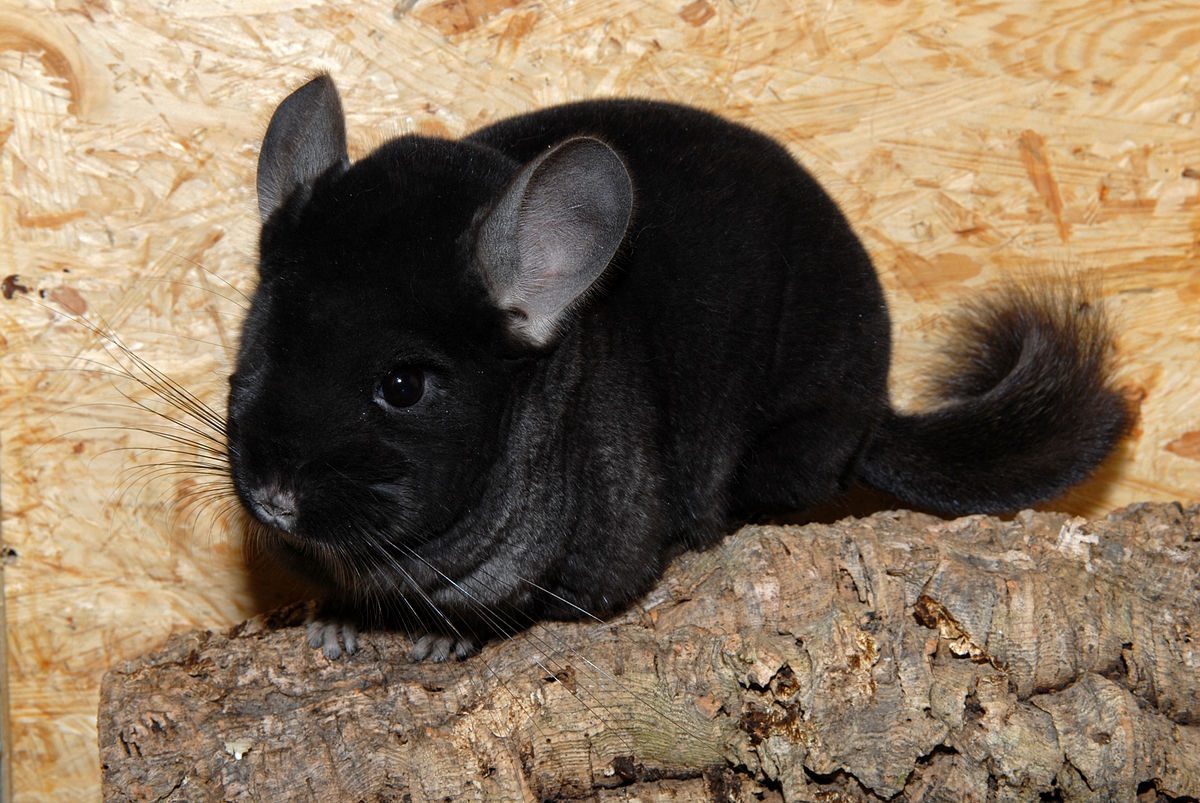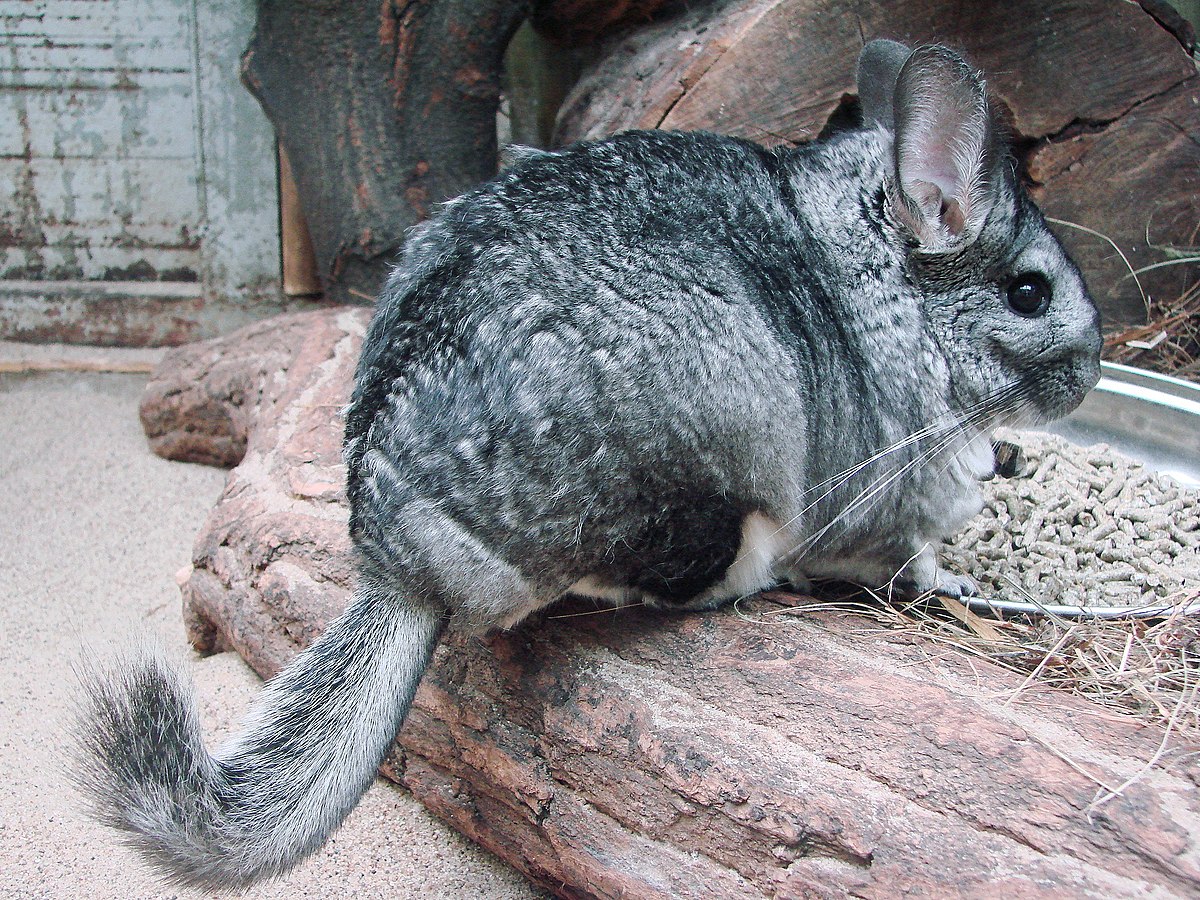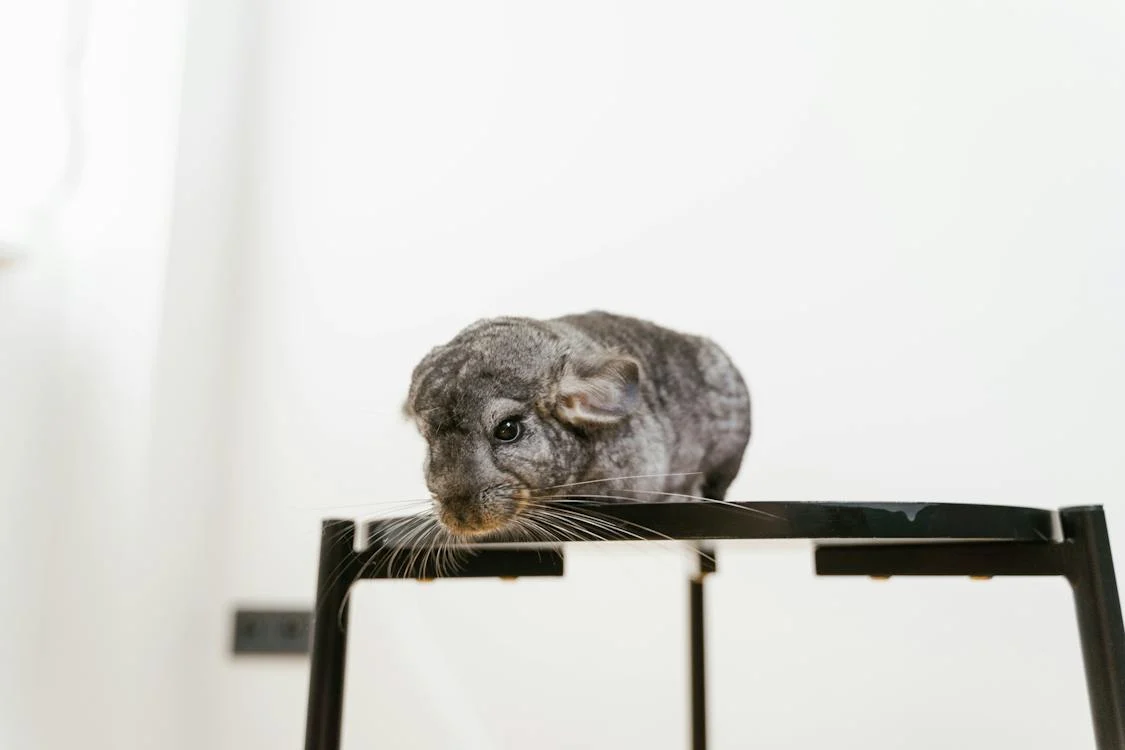If you’re a proud owner of a cuddly chinchilla, or even thinking about becoming one, then understanding their housing needs is crucial. The longevity of a chinchilla can extend to 20 years, hence creating a suitable environment right from the get-go ensures an excellent quality of life for these tiny creatures.
Understanding Chinchillas and Their Habitat

It’s integral to appreciate the characteristics of chinchillas to create the best housing conditions. These furry critters with a body length of around 14 inches, and an additional tail length of approximately 5 inches, are recognized by their incredibly soft fur housing up to 60 hairs in each follicle.
This heavy and thick fur helps the chinchilla retain its body heat, making overheating a significant problem. Unable to sweat, proper ventilation and cooling in their living space are crucial. Stable air-conditioning or ice trays can help maintain the ideal temperature around their houses.
Creating Ideal Chinchilla Houses

For the well-being of your pet chinchilla, it’s vital to choose a cage designed with good ventilation. A perfect one is made of unpainted wire mesh with a removable tray for waste.
Provision for Hideaways and Burrows
Chinchillas are natural burrowers hailing from the Andes Mountains. Providing your chinchilla with hiding spots makes them feel secure. A wooden or cardboard box can act as their safe haven. However, be prepared to replace it now and then, as chinchillas love chewing and gnawing on their enclosures.
Accounting for the Chinchilla’s Active Nature
Your pet chinchilla needs ample space to scuttle, hop, and play. A bigger cage or a multi-level “condo” could be beneficial for your pet’s energetic nature. If you’re on a budget, add ramped shelves in the cage for added activity zones.
Essential Features of Chinchilla Houses
- Good ventilation and easy cleaning provision
- Areas for privacy and burrow-like spaces
- Spacious environment with multiple-floored ramps
Add-ons like food dishes, water dishes, dust bath containers, and chew toys enhance the utility of the chinchilla house. By providing the optimal environment, your pet chinchilla is sure to lead a healthy, happy life thriving under your careful and loving care.
The Bottom Line

Employing these best tips for preparing a chinchilla house will guarantee your adorable pet a satisfying, enriched life. Do keep in mind, chinchilla care encompasses more than just a cage – it’s about creating an environment that caters to their unique needs and characteristics for a wonderful journey together.
Related Resources: